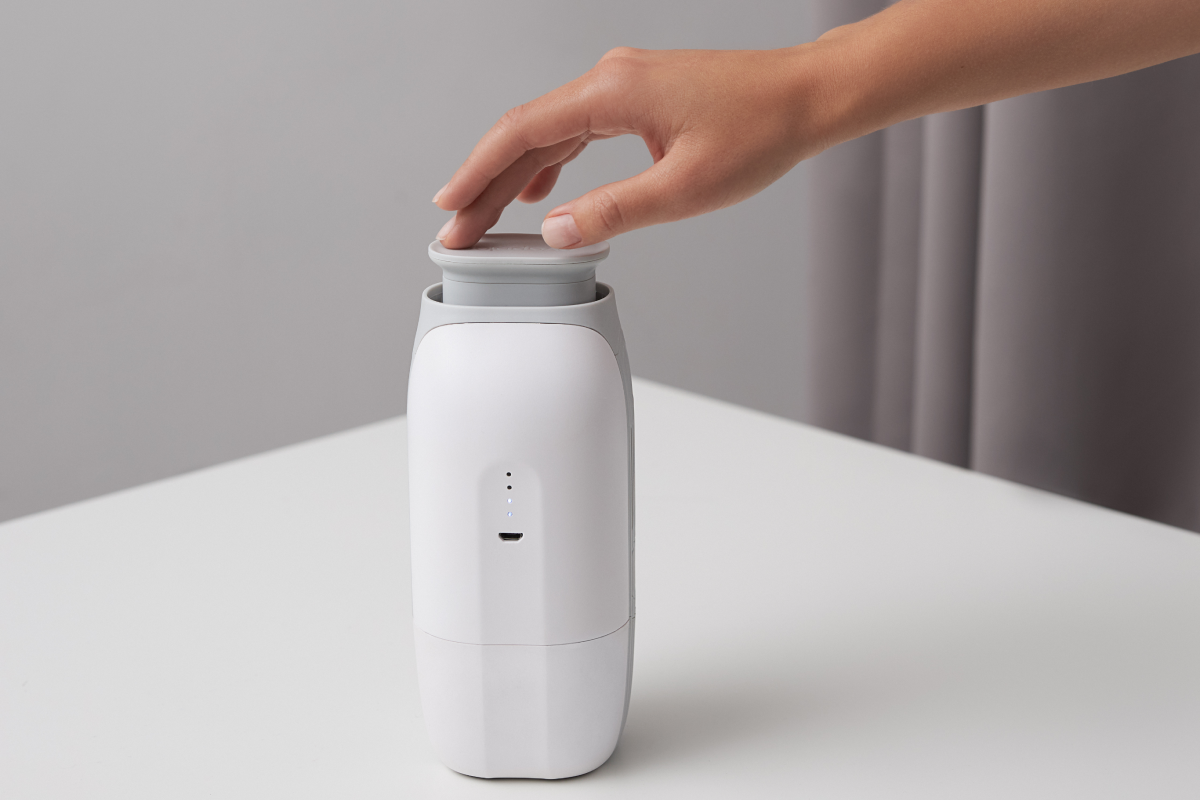We all know we should eat healthy, exercise, and get enough sleep. But what about the air we breathe? In the last couple of years, we have all understood how crucial it is to disinfect and clean the air and surfaces surrounding us. Yet, we often don’t think about it until we start to feel sick.
Did you know that according to the EPA, indoor air can be up to five times more polluted than outdoor air? Most of us spend our time indoors, where contaminants like smoke, dust, pet dander, and chemical fumes can build up over time.
The levels of indoor air pollutants are often 2 to 5 times higher than outdoor levels. In more severe cases, these levels can exceed 100 times that of outdoor levels of the same pollutants.
Buying an antibacterial portable air purifier can solve this problem!
The dangers of bacteria and microbes also await us when we leave our homes. If you want to protect your family from indoor and outdoor pollution threats, you need to choose an antibacterial air purifier. This handy device helps keep your home’s air quality at a safe level and protect your and your loved ones from exposure to harmful pollutants.
Quick Tips to Pick The Right Antibacterial Air Purifier For You
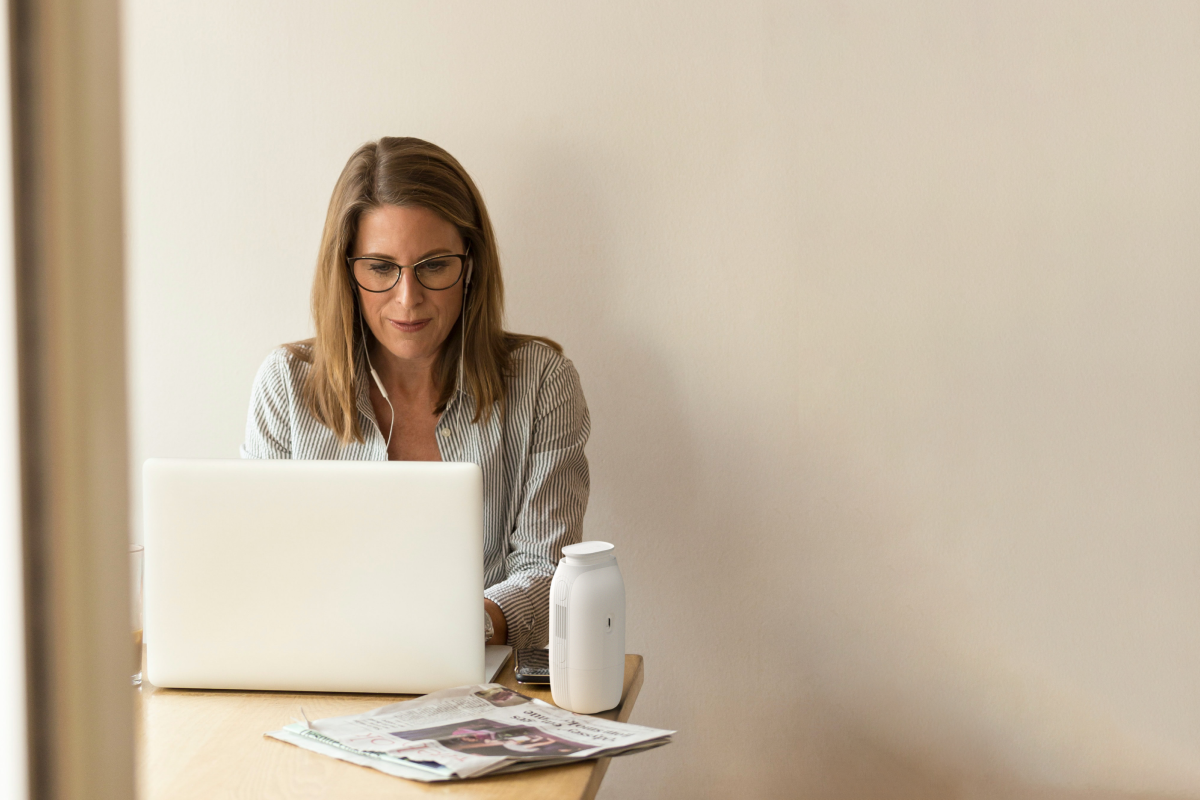
When choosing an antibacterial air purifier, there are several factors you need to consider.
- Disinfection method: The most common type of air purifier uses filters to trap particles in the air. Then, some purifiers use ultraviolet light or ozone to kill bacteria and viruses.
- Room size / Your needs: Air purifiers come in different sizes, so you need to choose one that’s appropriate for the size of the room. Or, you can pick the size of the air purifier based on where and how you want to use it.
- Noise level: Some air purifiers are very noisy, while others are practically silent. Choose one that won’t disturb you or your family members. Rule of thumb: 56Db is the equivalent of a regular conversation.
- Ease of use: Look for an air purifier that’s easy to operate and maintain. Some models come with remote controls, while others have digital displays that show you the current settings and filter life. Some are just simply operated with a couple of buttons.
- Price: The combination of the factors above will define the price of your air purifier. Air purifiers can range in price from under $100 to over $1,000. Choose one that fits your budget and remember: it's better to buy a high-quality appliance once than get several faulty ones for cheap.
Other indicators you must consider:
- CADR ratings: The Clean Air Delivery Rate (CADR) rating measures how effectively an air purifier is removing pollutants from the air. The higher the CADR rating, the more efficient the air purifier is. You can use this rating to compare different devices and choose a personal air purifier that fits your needs.
- Technology used: The most common type of air purifier uses filters to trap particles in the air. Some purifiers use ultraviolet light or ozone to kill bacteria and viruses, while others use High-Efficiency Particulate Arrestance (HEPA) technology.
There is also VHP (Vaporized Hydrogen Peroxide) purification, which is a technology used in hospitals because it’s so effective. This technology is safe for use in homes and is an excellent choice for people who want to protect their families from harmful pollutants.
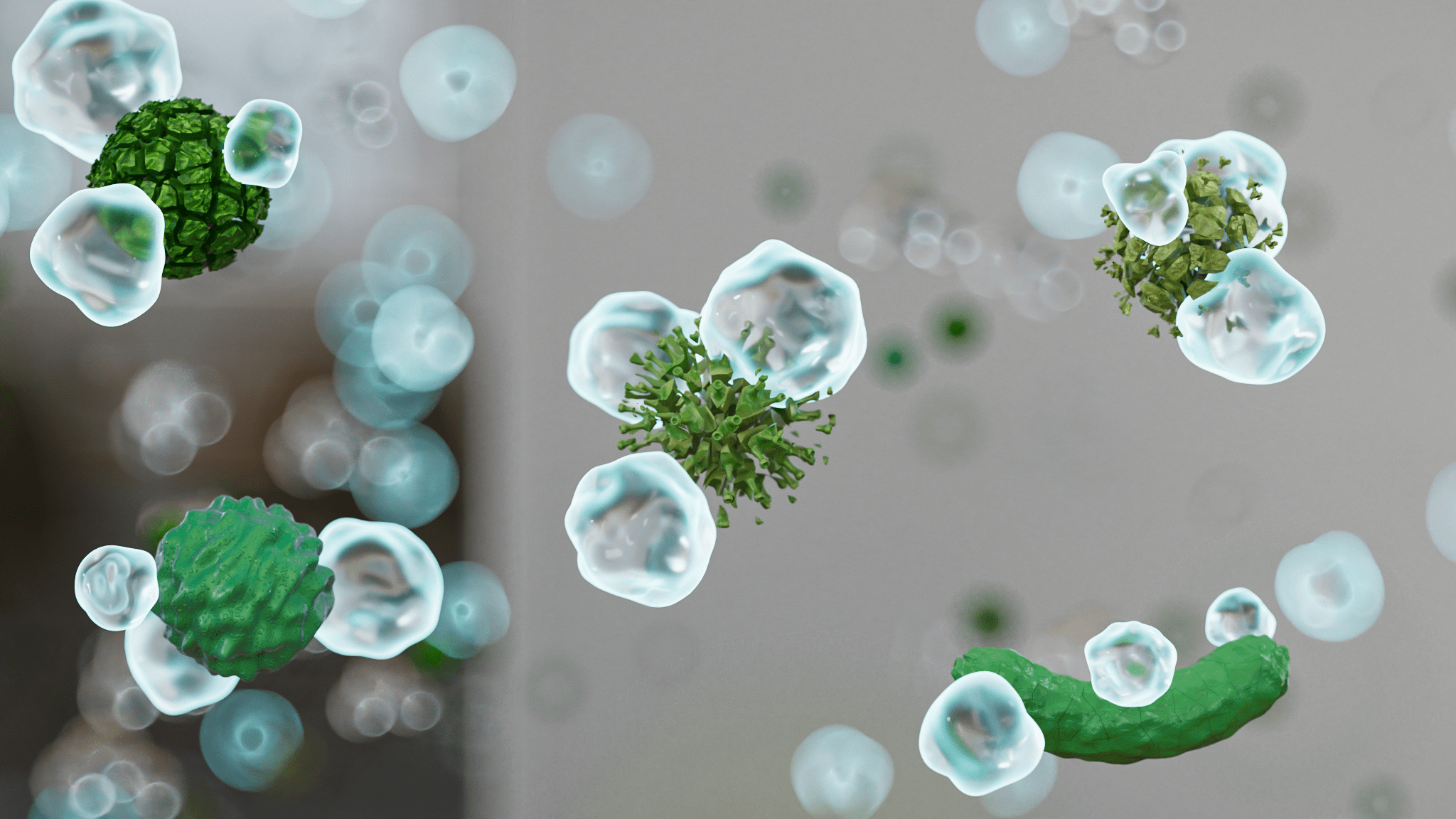
Buyer’s Vocabulary:
- HEPA – High-Efficiency Particulate Air Filter, defined by the U.S. Dept of Energy. HEPA filters are made from either plastic or fiberglass and can capture things like pollen, viruses, bacteria, mold, or PM2.
- CADR – Clean Air Delivery Rate, a metric measuring the performance of residential air purifiers.
- VHP – Vaporized Hydrogen Peroxide.
Where You Should Place your Air Purifier
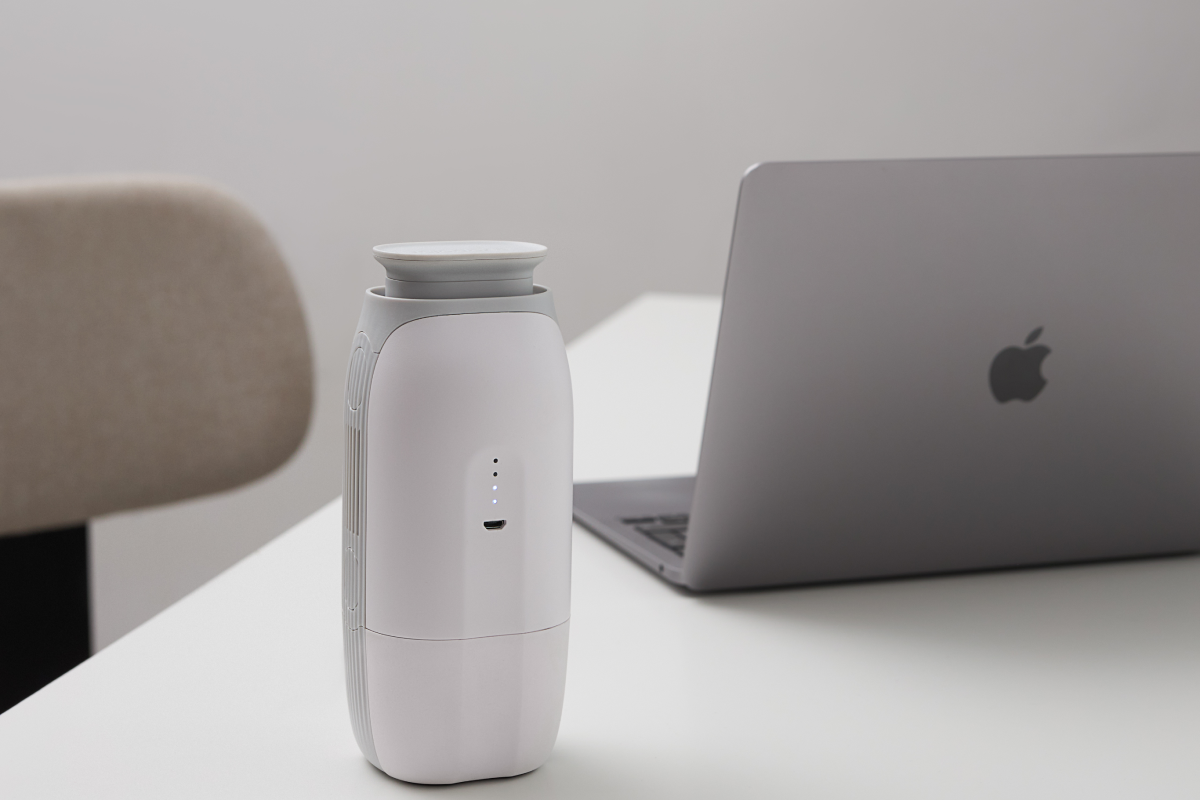
The best place for the air purifier is, obviously, in a room where you spend the most time. Place the portable air purifiers close to you (desk, night table, etc.) and where you want your air clean.
Air Purifier Filter Types
Air purifiers come in all shapes and sizes, with various filters to suit everyone's needs. From mechanical filters to activated carbon filters, ozone generators, electronic air purifiers, and ultraviolet germicidal irradiation — here are the most common ones.
HEPA Filters
HEPA filters are special filters that help to clean the air. They are often used in electronic air purifiers to remove pollutants from the air. HEPA filters are the best, most advanced, and most modern option, which can remove up to 99.97% of airborne particles as small as 0.3 microns from the air that passes through them. The HEPA technology is a safe choice for people with allergies or asthma.
Activated Carbon Filters
Activated carbon filters are made of charcoal that has been treated with oxygen. This treatment makes the charcoal absorb more pollutants from the air. Activated carbon filters are often used in mechanical and electronic air purifiers to remove gasses and odors from the air.
Ozone Generators
Ozone generators are devices that create ozone, a gas that can help to clean the air. Ozone generators are often used in industrial settings to remove pollutants from the air.
UV Germicidal Irradiation (UV Light Filters)
UV germicidal irradiation is a process that uses ultraviolet light to kill bacteria and viruses. UV germicidal irradiation is often used in hospitals and other places where there is a need to sterilize the air.
Spun Glass Filters
Spun glass filters are made of very fine glass fibers that can trap microscopic particles. They are often used in mechanical air purifiers to remove dust, smoke, and other pollutants from the air.
Pleated Filters
Pleated filters are filters that have lots of folds in them. This helps them to catch more dirt and dust from the air.
Electrostatic Filters
Electrostatic filters are made of materials with a static charge. This charge helps the filter to attract dirt and dust from the air. E
Washable Filters
Washable filters are filters that can be cleaned and reused. They are often made of cloth or other materials that can be washed and dried.
Additional Features
When choosing a personal air purifier, it's essential to consider the type of filter, as well as the additional features the purifier offers. Some important features to look for are an automatic filter replacement indicator, a filter life indicator, and a quiet mode.
- Automatic filter replacement indicator tells you when it's time to replace the filter. This is important because it helps to ensure that the air purifier is always working at its best.
- Quiet mode is a feature that allows you to run the air purifier at a lower speed, which makes it quieter. This is important if you want to use the air purifier in a room where people are sleeping or working.
- A filter that can be replaced easily is another essential feature to consider. This is important because it helps to ensure that the air purifier is always working at its best.
- Smart features. Some air purifiers come with smart features that allow you to control them with your smartphone. This is a convenient feature if you want to control the air purifier while away from home.
Portability of Air Purifiers
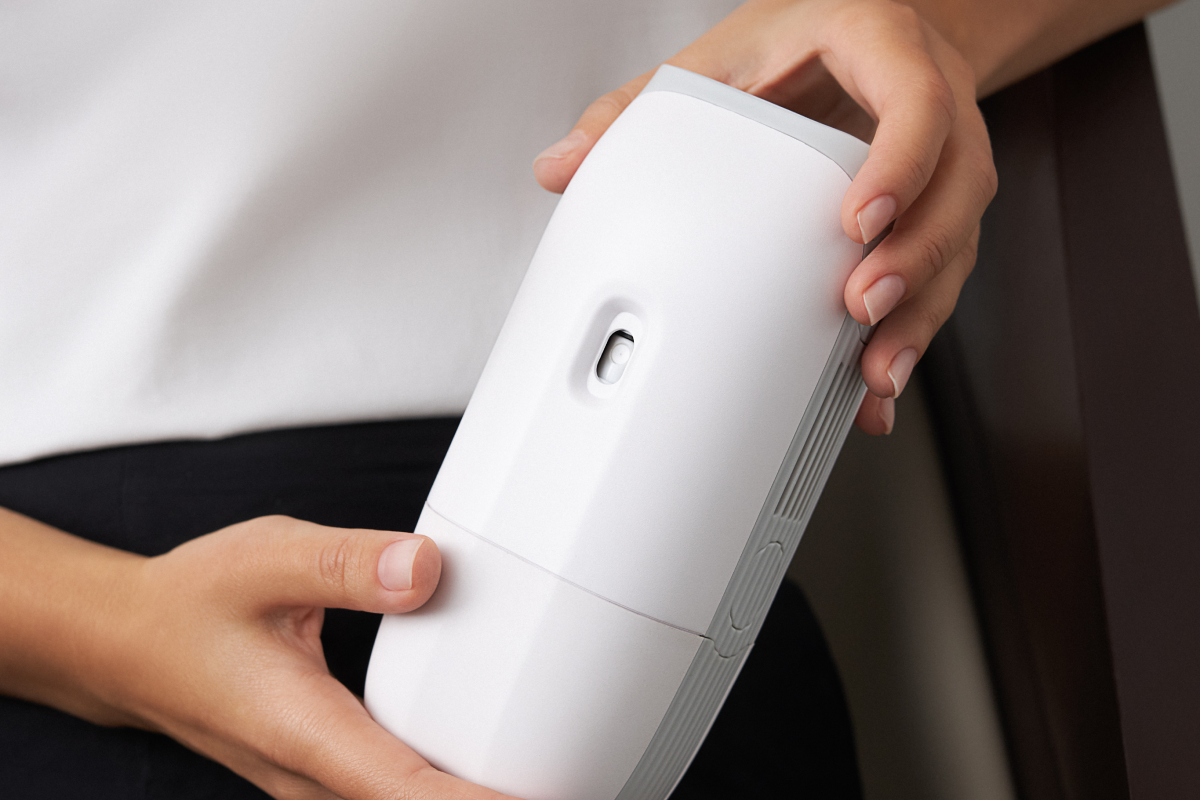
There are also portable/wearable air purifiers that are very popular. These purifiers are small and easy to carry, so they are perfect for people who need to take them on the go.
Portable air purifiers can be used in various places, including:
- Homes
- Offices
- Schools
- Hospitals
- Daycares
- Hotels
- Cars
Some of these purifiers even come with a battery so that you can use them when there is no power outlet available.
You can check out the most popular portable air purifiers here.
How to use the CADR numbers to choose your personal air purifier
CADR (Clean Air Delivery Rate) is a number that shows how well an air purifier can clean the air. The higher the CADR number, the better.
The three numbers you'll see for each type of pollutant are:
- Smoke
- Dust
- Pollen
So, if an air purifier has a CADR rating of 300 for smoke, that means it can clean the air in a room that's 300 square feet in size. When you're looking at the CADR ratings, make sure to look at all three numbers. This will give you a good idea of how well the air purifier can clean the air in a room of different sizes.
Use the table below to determine the CADR rating when picking out an antibacterial air purifier.
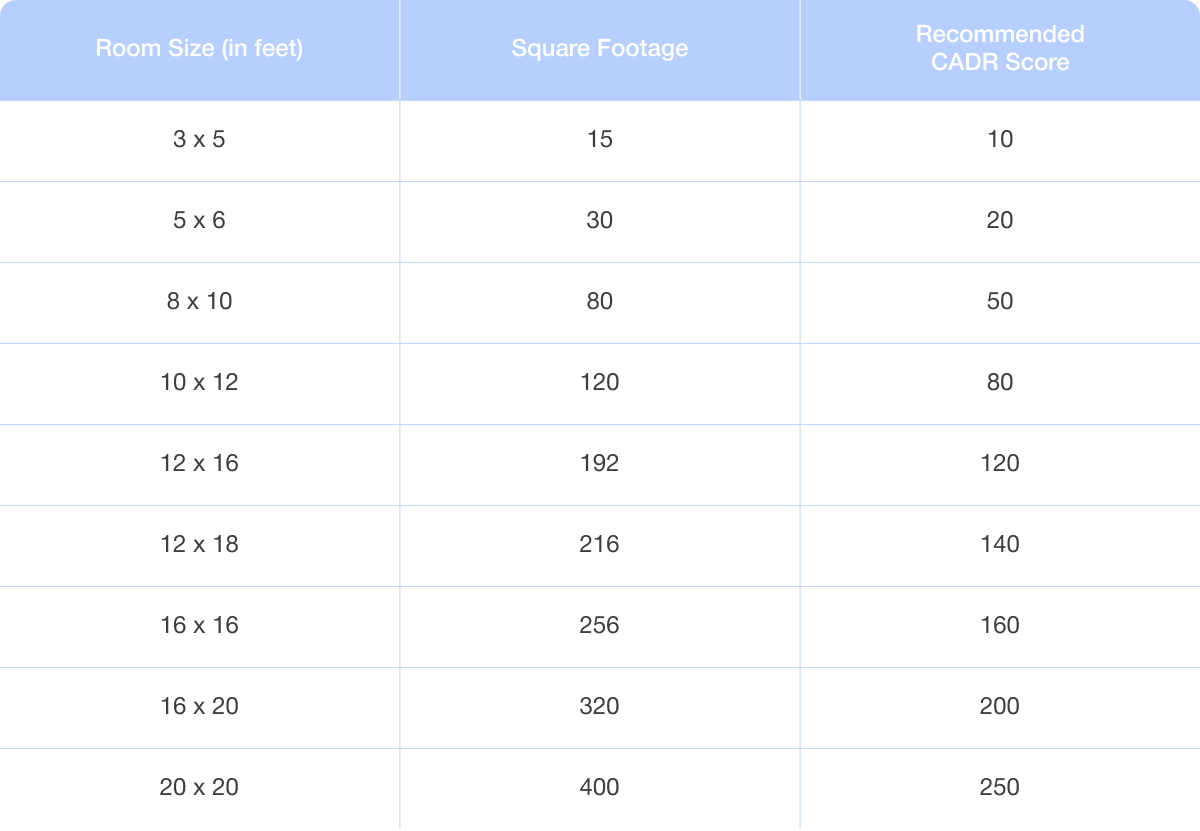
Air Purifier Noise Level in Comparison to Other Electronic Devices
Some air purifiers are louder than others. It depends on their speed, filter type, and the technology used.
If you're looking for a quiet air purifier, check the noise level based on the dB provided by the manufacturer. Here is an idea of what the dB on the package can represent:
- Standard air purifier: 36 dB(A) is the equivalent of a quiet library sound.
- Refrigerator / regular conversation: 50 dB(A).
- Dishwasher / conversation: 55-70 dB(A)
- Vacuum cleaner: 80 dB(A)

Air purifiers are a great way to improve air quality in your home and around you. With all the factors listed above, you can be sure to choose the best model based on your needs. Contact our team for more information on portable air purifiers.
People Also Ask (FAQ):
What is a portable air purifier good for?
Portable air purifiers are suitable for people who want to improve air quality in their homes and around them. They are small and easy to move, so they are perfect for people who travel a lot.
What are the different types of air purifiers?
There are many different types of air purifiers, but the most common are mechanical and activated carbon filters. Mechanical filters trap particles in a mesh, while activated carbon filters absorb gasses and odors.
Can antibacterial air purifiers be on all day?
Yes, antibacterial air purifiers can be on all day. They help improve the air quality in your home by trapping particles in a mesh and absorbing gasses and odors.
How does an air purifier help with bacteria?
Air purifiers help with bacteria by trapping particles in a mesh and absorbing gasses and odors. This helps reduce the number of bacteria in the air and improve the air quality in your home.
How long does it take an antibacterial air purifier to start working?
It usually takes an antibacterial air purifier about 24 hours to start working. However, it may take longer for the full effect to be seen. Some more efficient models disinfect the immediate space in way less time (starting at 20 minutes).

